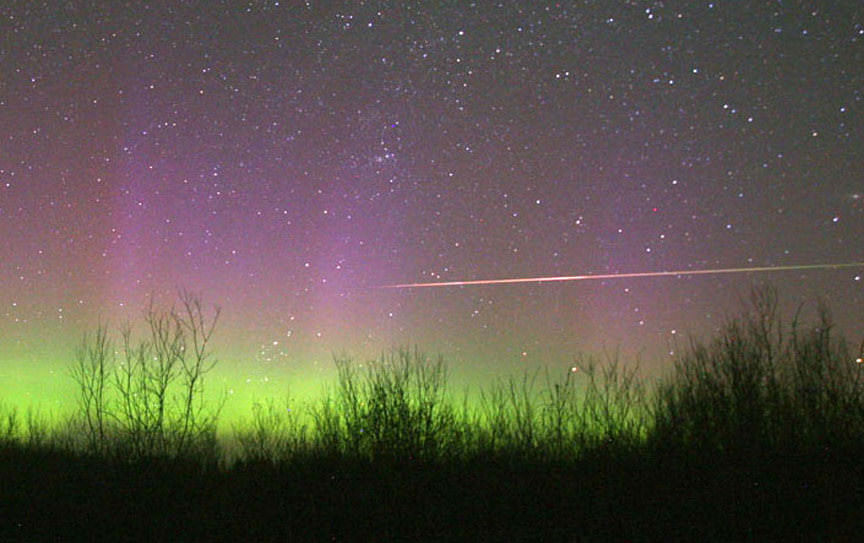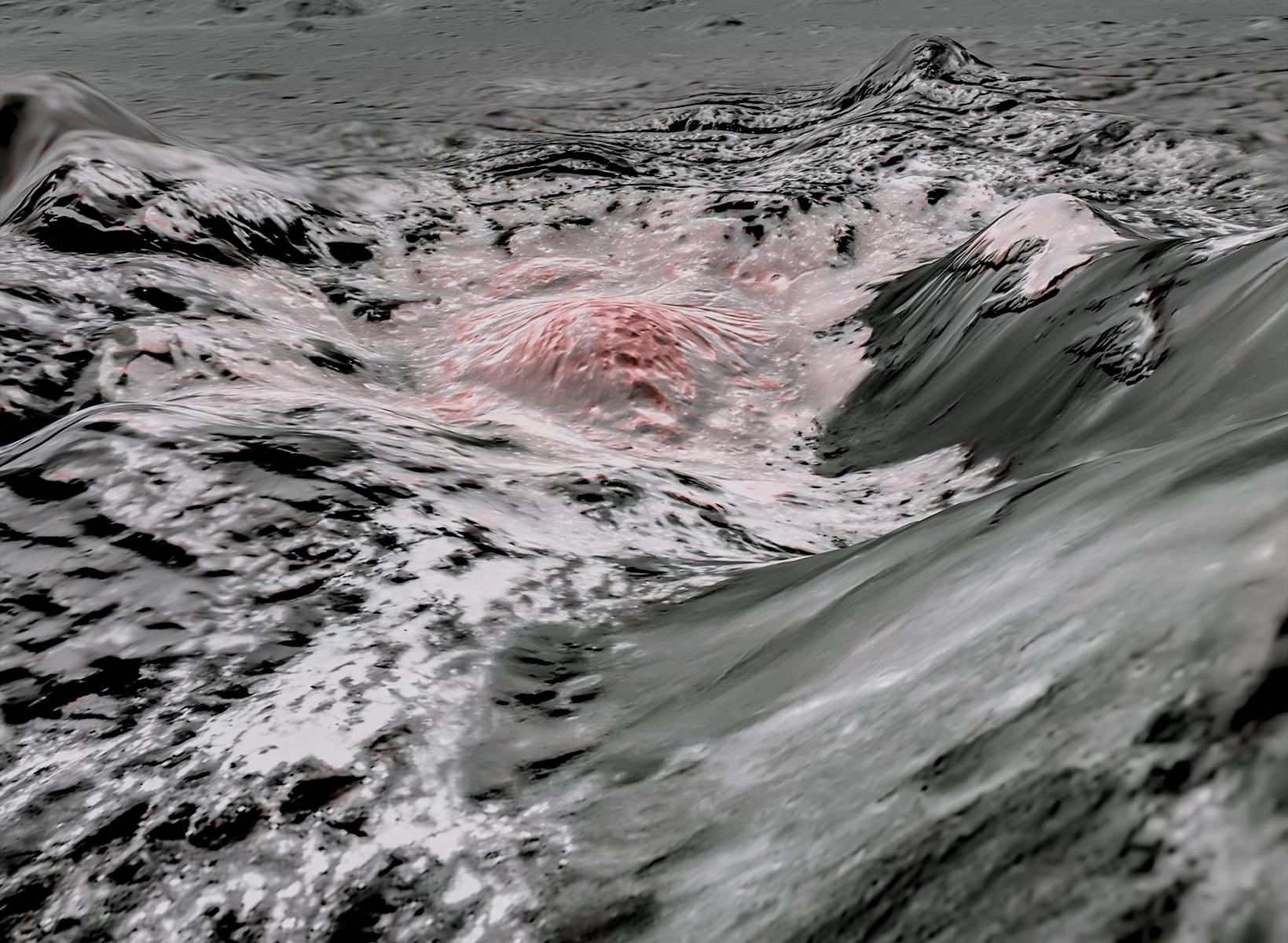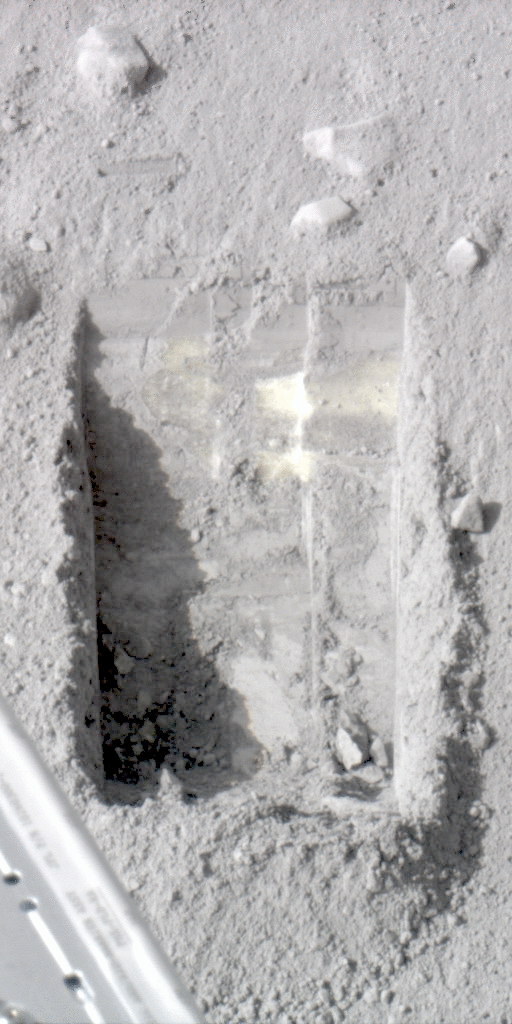In a year of devastating wildfires, destructive derechos, early and active hurricanes, widespread social unrest, contentious politics and more — all amid an unprecedented global pandemic — it might seem fitting that ‘asteroid impact’ would be added to the 2020 bingo card.
Continue reading “Completely Harmless Asteroid Almost Certainly Won’t Hit Earth Just Before the US Election”Could There Be Life in the Cloudtops of Venus?

When it comes to places with the potential for habitability, Venus isn’t usually considered on that list. The hot, greenhouse-effect-gone-mad neighboring planet with a crushing surface pressure and sulfuric acid clouds certainly isn’t friendly to life as we know it, and the few spacecraft humanity has sent to Venus’ surface have only endured a few minutes.
But up about 40 to 60 km (25 to 37 miles) above the surface, the atmosphere of Venus is the most Earth-like of any other place in the Solar System. There, Venus has air pressure of approximately 1 bar and temperatures in the 0°C to 50°C range. It’s not quite a shirtsleeves environment, as humans would need air to breathe and protection from the sulfuric acid in the atmosphere. Plus, also consider that Venus is considered to be in the habitable zone of our star.
Continue reading “Could There Be Life in the Cloudtops of Venus?”Remembering Don Arabian, the ‘Mad Genius’ Behind NASA’s Apollo Engineering Team
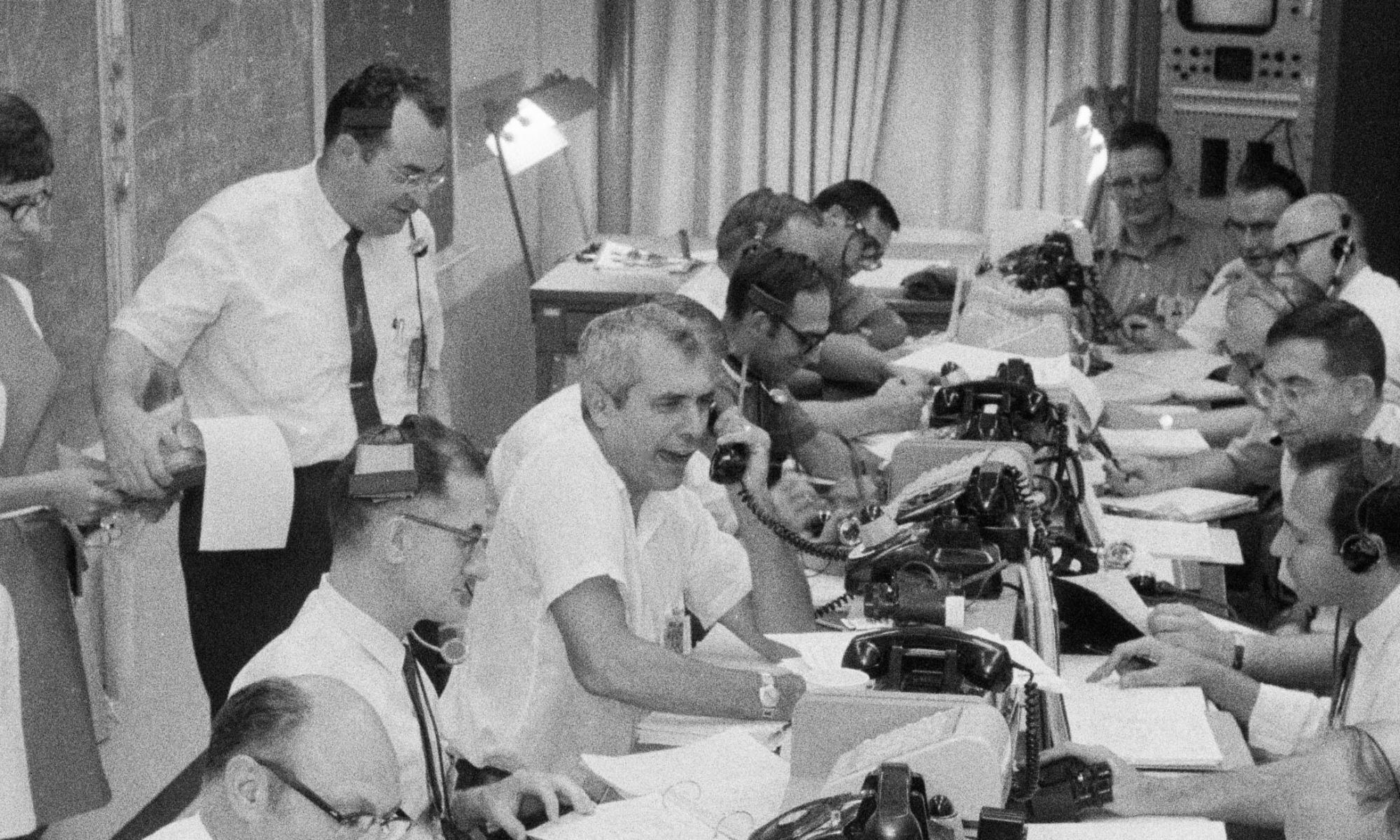
One of the truly unsung heroes of the Apollo program has passed away at age 95. Donald D. Arabian, Chief of the Apollo Test Division, headed the Mission Evaluation Room (MER), which was responsible for solving in-flight problems during the Apollo missions to the Moon.
His nickname was “Mad Don,” and anyone who had the privilege of meeting him or working with him described Arabian as “one of a kind,” “colorful,” and “completely and totally unforgettable.” But in the book “Apollo: Race to the Moon” authors Charles Murray and Catherine Bly Cox designated Arabian as one of four people responsible for the success of the Apollo Program.
Continue reading “Remembering Don Arabian, the ‘Mad Genius’ Behind NASA’s Apollo Engineering Team”It’s Starting to Look Like Ceres is an Ocean World, Too
A new and thorough analysis of high-resolution images and data from NASA’s Dawn mission have now provided fresh insights into the dwarf planet Ceres, with intriguing evidence that Ceres has a global subsurface salty ocean, and has been geologically active in the recent past.
Continue reading “It’s Starting to Look Like Ceres is an Ocean World, Too”The Martian Sky Pulses in Ultraviolet Every Night
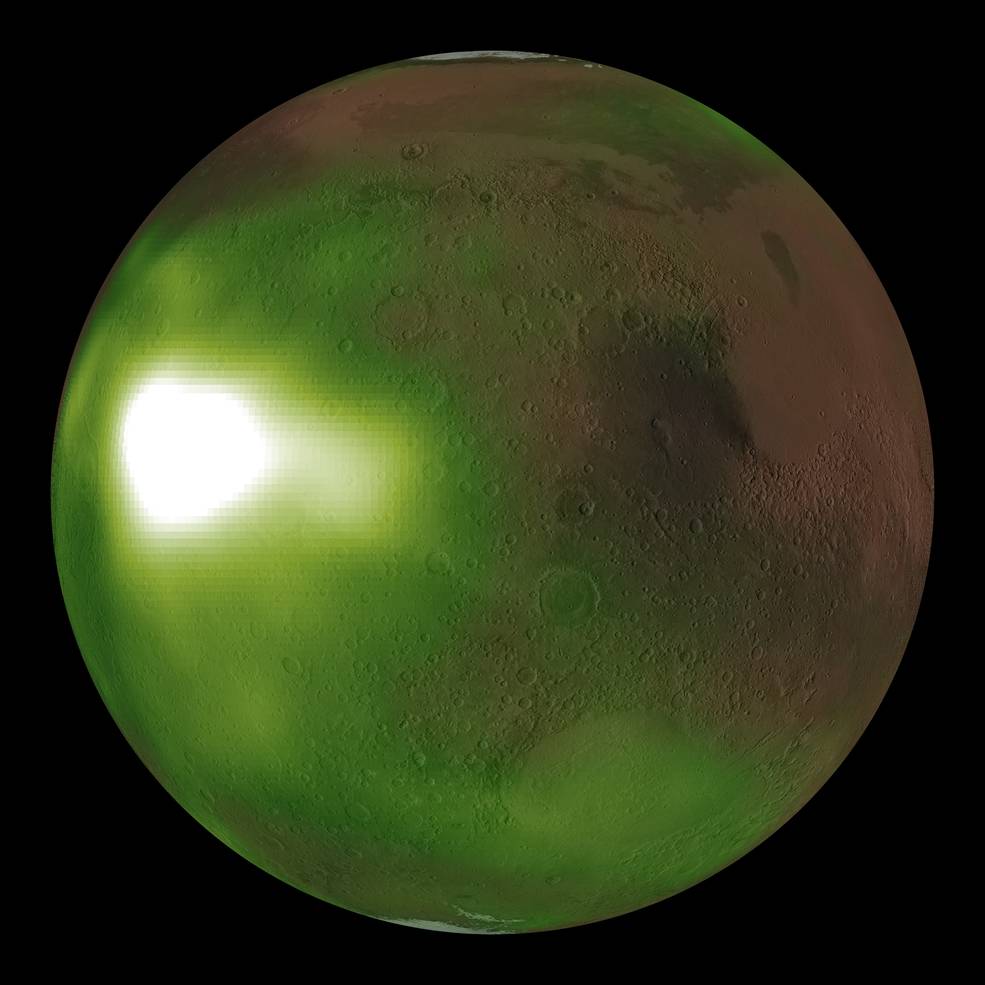
There’s a surprising phenomenon taking place in Mars’ atmosphere: during the spring and fall seasons on the Red Planet, large areas of the sky pulse in ultraviolet light, exactly three times every night.
Continue reading “The Martian Sky Pulses in Ultraviolet Every Night”New Solar Model Successfully Predicted Seven of the Sun’s Last Nine Big Flares
Since it launched in 2010, the Solar Dynamics Observatory has helped scientists understand how the Sun’s magnetic field is generated and structured, and what causes solar flares. One of the main goals of the mission was to be able to create forecasts for predicting activity on the Sun.
Using mission data from the past 10 years, SDO scientists have now developed a new model that successfully predicted seven of the Sun’s biggest flares from the last solar cycle, out of a set of nine.
Continue reading “New Solar Model Successfully Predicted Seven of the Sun’s Last Nine Big Flares”China’s Mars Mission Took This Picture of the Earth and Moon
No matter where you are, where you’ve been and where you’re going, it’s always good to see home. And we all love seeing pictures of our home planet, as seen from space.
Continue reading “China’s Mars Mission Took This Picture of the Earth and Moon”Perseverance Rover Rumbles Off the Launchpad to Mars
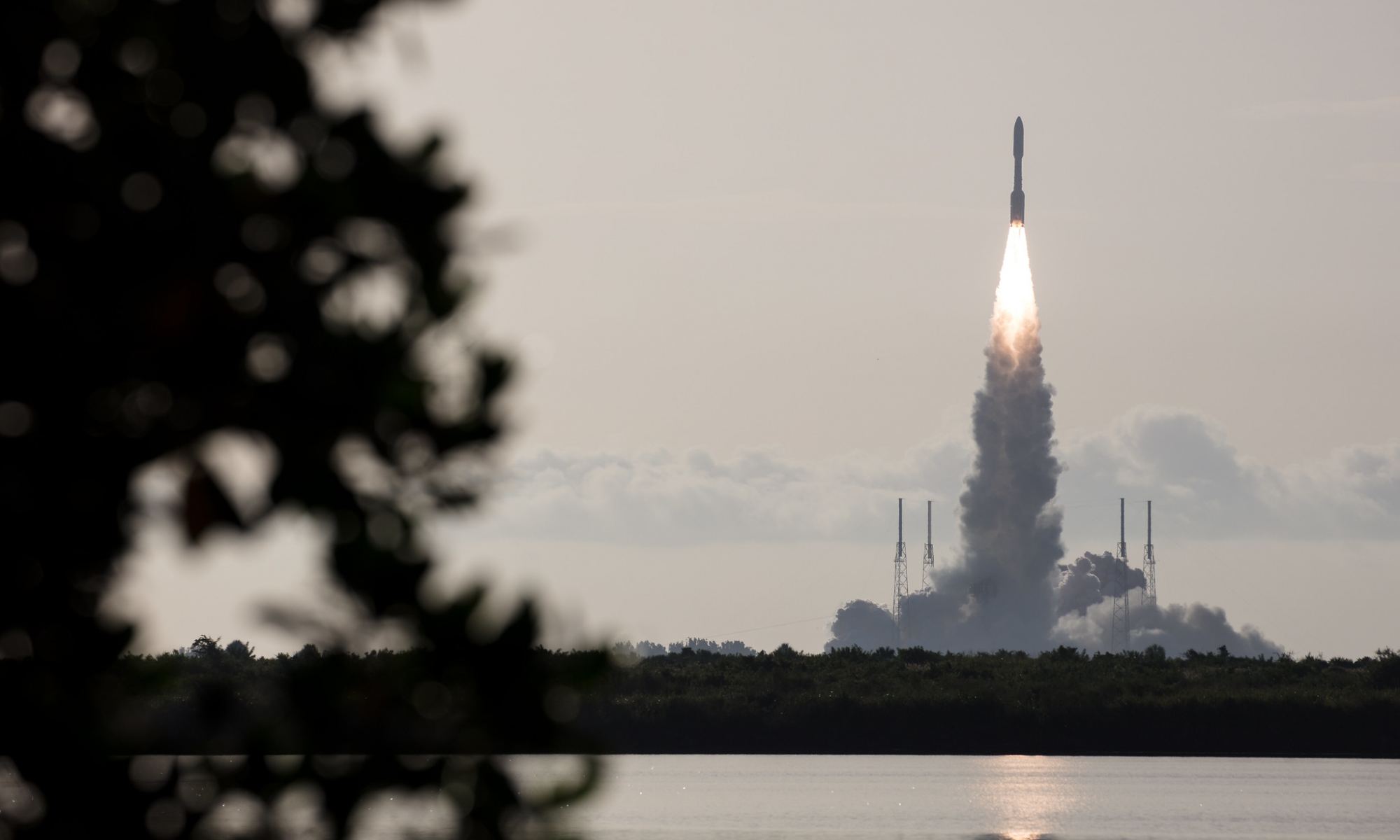
NASA’s Mars 2020 Perseverance rover is now successfully on its journey to Mars, launching from Space Launch Complex 41 at Cape Canaveral Air Force Station at 7:50 am EDT (1150 GMT). Just minutes before the Atlas 5 rocket rumbled off the launchpad, a 2.9 magnitude earthquake rumbled out in California, giving a minor shake to the Jet Propulsion Laboratory in Pasadena, the Control Center for the rover.
Continue reading “Perseverance Rover Rumbles Off the Launchpad to Mars”Thanks to Cosmic Radiation, There Could be Life on Mars, Just a Couple of Meters Under the Surface
Remember back in 2008 when the Phoenix lander on Mars scraped away a few inches of rust-colored regolith to reveal water ice? Or in 2009, when Mars Reconnaissance Orbiter observations revealed vast areas of subsurface ice, event at low latitudes?
These findings – and many more like them – indicate there’s a lot of interesting things going on underneath Mars’ lifeless surface. Since we know from experience on Earth that anywhere there is water, there is life, the question of life on – or under – Mars’s surface is always provocative.
Continue reading “Thanks to Cosmic Radiation, There Could be Life on Mars, Just a Couple of Meters Under the Surface”Hubble Shows Saturn in the Middle of its Summer
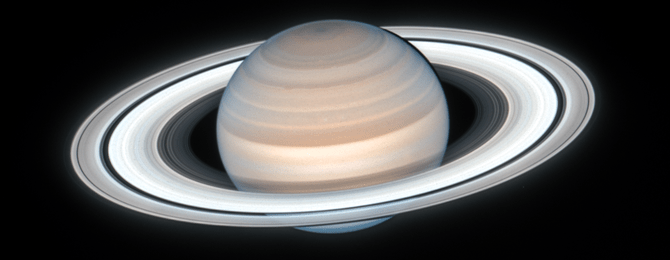
If you want an iconic picture of the planet Saturn, it doesn’t get any better than this. The latest picture from the Hubble Space Telescope shows a spectacular view of the ringed giant, taken on July 4, 2020. This shows a “summertime” view of Saturn’s northern hemisphere.
Continue reading “Hubble Shows Saturn in the Middle of its Summer”
